Home>Ideas and Tips>Ceiling Sensations: Look Up For Inspiration
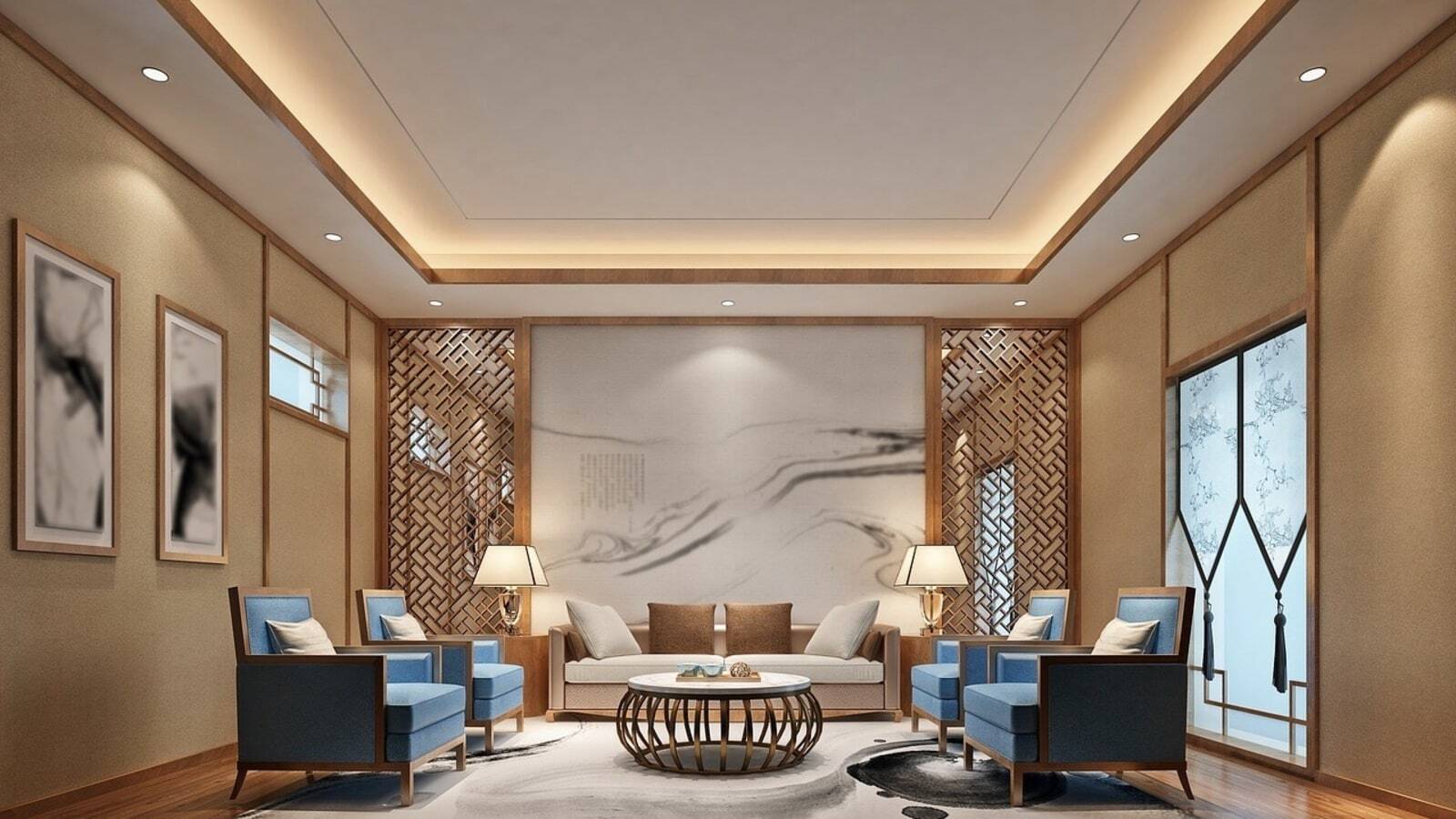

Ideas and Tips
Ceiling Sensations: Look Up For Inspiration
Published: October 21, 2024
Discover how ceiling height and design impact mood, productivity, and creativity. Transform your spaces with these insightful tips on ceiling sensations.
(Many of the links in this article redirect to a specific reviewed product. Your purchase of these products through affiliate links helps to generate commission for Storables.com, at no extra cost. Learn more)
When it comes to designing and enhancing our living and working spaces, one often overlooked yet crucial element is the ceiling. The height and design of a ceiling can significantly influence our mood, productivity, and overall experience of a room. In this article, we will delve into the fascinating world of ceiling design and explore how different ceiling heights and styles can impact our feelings, behaviors, and cognitive processes.
The Psychology of Ceiling Height
Research has shown that ceiling height can have profound effects on our psychological state. A study conducted by Han and colleagues from Stanford University investigated how ceiling height and floor area in immersive virtual reality environments influence thoughts and behaviors, particularly social interactions. The study found that high ceilings led to feelings of restoration, awe, and emotional well-being. Participants in high-ceilinged rooms also reported paying more social attention, such as looking at other group members more frequently.
High Ceilings: Freedom and Creativity
High ceilings are often associated with feelings of freedom and creativity. According to researcher Joan Meyers-Levy, high ceilings activate the idea of freedom, which can lead to more abstract and integrated thinking processes. This is evident in tasks that require relational processing, such as item categorization and product evaluation. Participants in high-ceilinged rooms were more likely to analyze information in a more abstract manner, producing a larger number of dimensions and greater abstraction in those dimensions.
High ceilings also foster more active play in children. Unlike low ceilings, which may encourage quieter, more restricted play, high ceilings promote freer and more active play. This is crucial for children's development as it allows them to explore their surroundings more freely and engage in creative activities.
Read more: How To Make Ceiling Look Higher
Low Ceilings: Focus and Attention to Detail
On the other hand, low ceilings are linked to feelings of confinement and better focus. Participants in low-ceilinged rooms were more likely to notice details and engage in item-specific processing tasks. For instance, when evaluating the appearance of products like a coffee table or wine rack, participants in low-ceilinged rooms were more likely to notice the details rather than the overall appearance.
Low ceilings can also be beneficial for tasks that require focused concentration. For example, balancing a checkbook or performing open-heart surgery would be better suited in a room with lower ceilings. This is because low ceilings induce a sense of confinement, which can help individuals stay focused on specific tasks without being distracted by the surroundings.
Architectural Implications
The findings from these studies have significant implications for architects and designers. When designing virtual social platforms, collaboration spaces, and areas that promote well-being, high ceilings can be particularly beneficial. High ceilings ease the process of building awe-inspiring and restorative environments by creating spaces that are free, infinite, and easily accessible.
Designing for Different Needs
Different types of spaces require different ceiling heights to optimize their functionality. For instance:
- Creative Spaces: High ceilings are ideal for spaces where creativity is paramount. Art galleries featuring abstract art should install high ceilings to prompt relational processing and encourage viewers to analyze the artwork in a more abstract manner.
- Focus-Oriented Spaces: Low ceilings are more suitable for spaces where focused attention is necessary. Lecture halls or study rooms might benefit from lower ceilings to keep students engaged in the material being presented.
- Retail Spaces: Retail stores often feature high ceilings to create an open and free atmosphere that encourages customers to explore the space freely. However, this can also lead to increased spending due to the perceived freedom and openness of the environment.
Practical Applications
Understanding the impact of ceiling height on our thoughts and behaviors can be applied practically in various settings:
Home Improvement
- Living Rooms: High ceilings can make living rooms feel more spacious and inviting. They encourage social interaction and create an atmosphere conducive to relaxation and conversation.
- Home Offices: For individuals who work from home, a high ceiling can foster creativity and inspire new ideas. However, if you need to focus on detailed tasks like accounting or writing, a lower ceiling might be more beneficial.
- Children’s Playrooms: High ceilings are ideal for playrooms as they promote active play and creativity in children.
Workspace Design
- Open-Plan Offices: High ceilings in open-plan offices can enhance collaboration by creating a sense of openness and freedom among employees.
- Meeting Rooms: Meeting rooms with high ceilings are better suited for brainstorming sessions where creativity is essential. For focused discussions or presentations, lower ceilings might be more appropriate.
- Classrooms: Classrooms with high ceilings can foster an environment conducive to learning by promoting abstract thinking and creativity among students.
Read more: How To Hook Up A Ceiling Fan
Retail Design
- Shopping Malls: High ceilings in shopping malls create an inviting atmosphere that encourages customers to explore the mall freely.
- Showrooms: Showrooms featuring high ceilings can make products appear more impressive by creating an open and spacious environment.
Marketing Strategies
Retailers often use high ceilings as a marketing strategy to create an open and inviting atmosphere that encourages customers to spend more time in the store and potentially buy more products. However, this strategy must be balanced with the need for focused attention in certain areas like checkout counters or product displays.
Conclusion
The height of a ceiling is more than just a structural element; it significantly influences our mood, productivity, and cognitive processes. By understanding these psychological effects, architects and designers can create spaces that are tailored to specific needs—whether it's fostering creativity in art galleries or promoting focused attention in study rooms.
In conclusion, looking up at your ceiling can indeed be an inspiring experience. Whether you're designing a new home office or planning a retail space, considering the psychological impact of ceiling height can make all the difference in creating environments that inspire and enhance human experience.
References:
- Han, E., DeVeaux, C., Hancock, J., & Ram, N. (2024). Research Brief: How Ceilings Affect Our Feelings. Venetian Letter.
- Vaszily, B. (n.d.). Ceiling Height Impacts Thinking. Intense Experiences.
- Meyers-Levy, J., & Zhu, R.J. (2007). The Influence of Ceiling Height on Notions of Freedom and Confinement. Journal of Consumer Research.
This article provides a comprehensive overview of how ceiling height affects our feelings and behaviors, offering practical insights for architects, designers, and individuals looking to enhance their living and working spaces.
Was this page helpful?
At Storables.com, we guarantee accurate and reliable information. Our content, validated by Expert Board Contributors, is crafted following stringent Editorial Policies. We're committed to providing you with well-researched, expert-backed insights for all your informational needs.
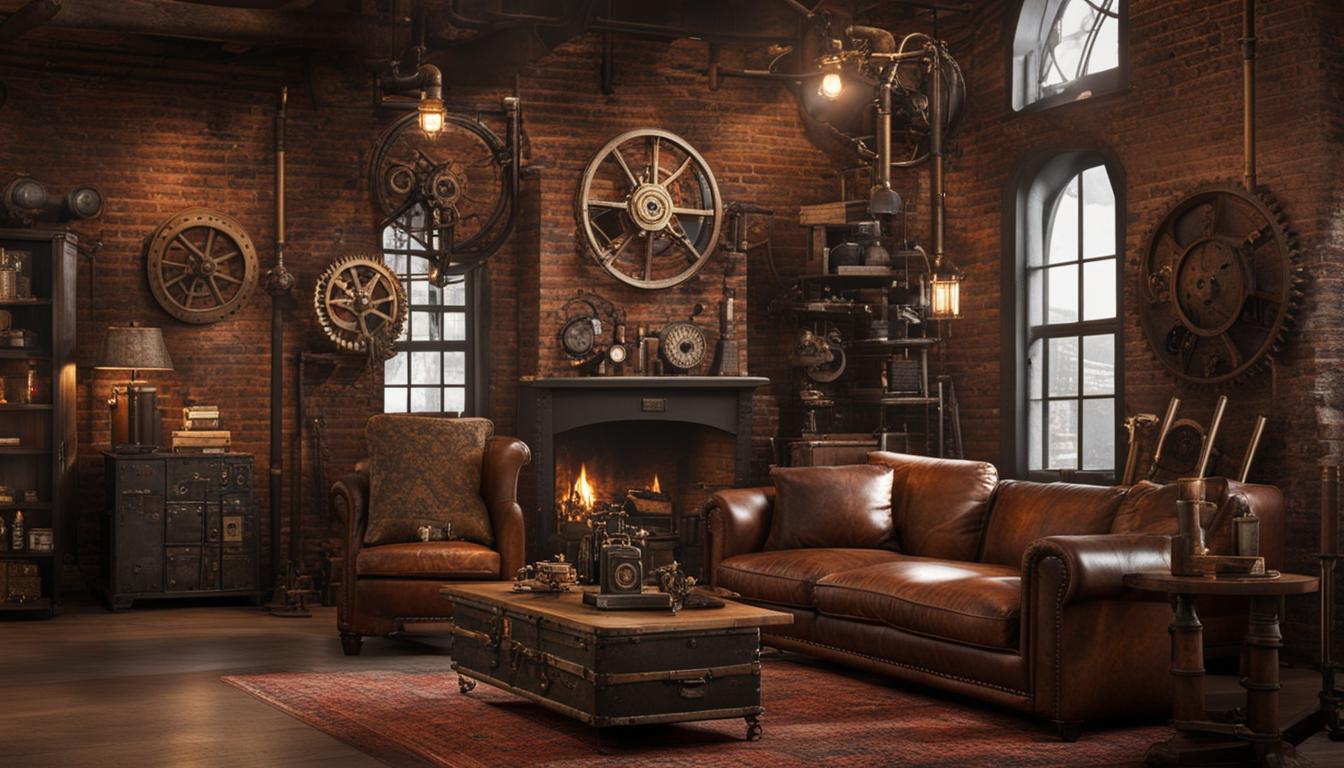
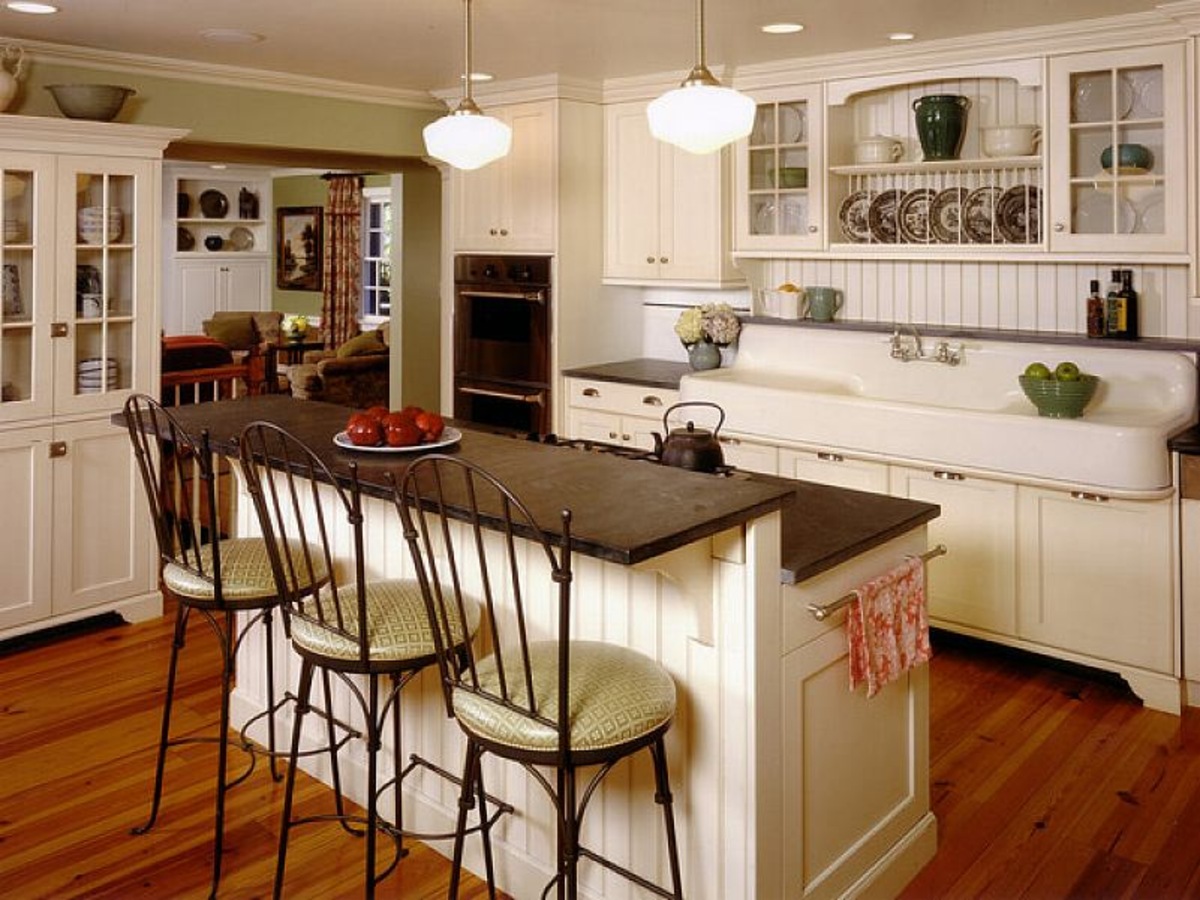




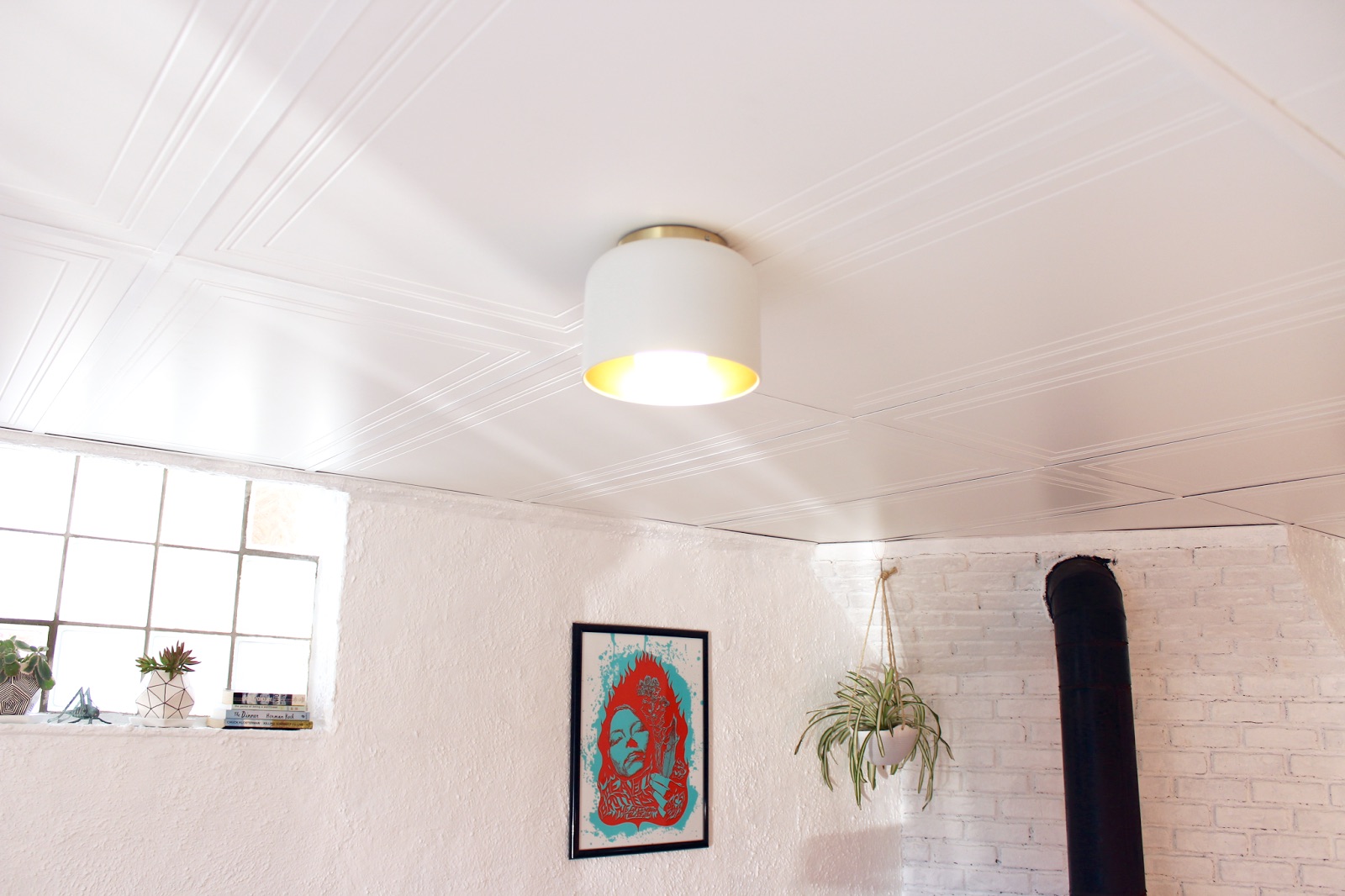

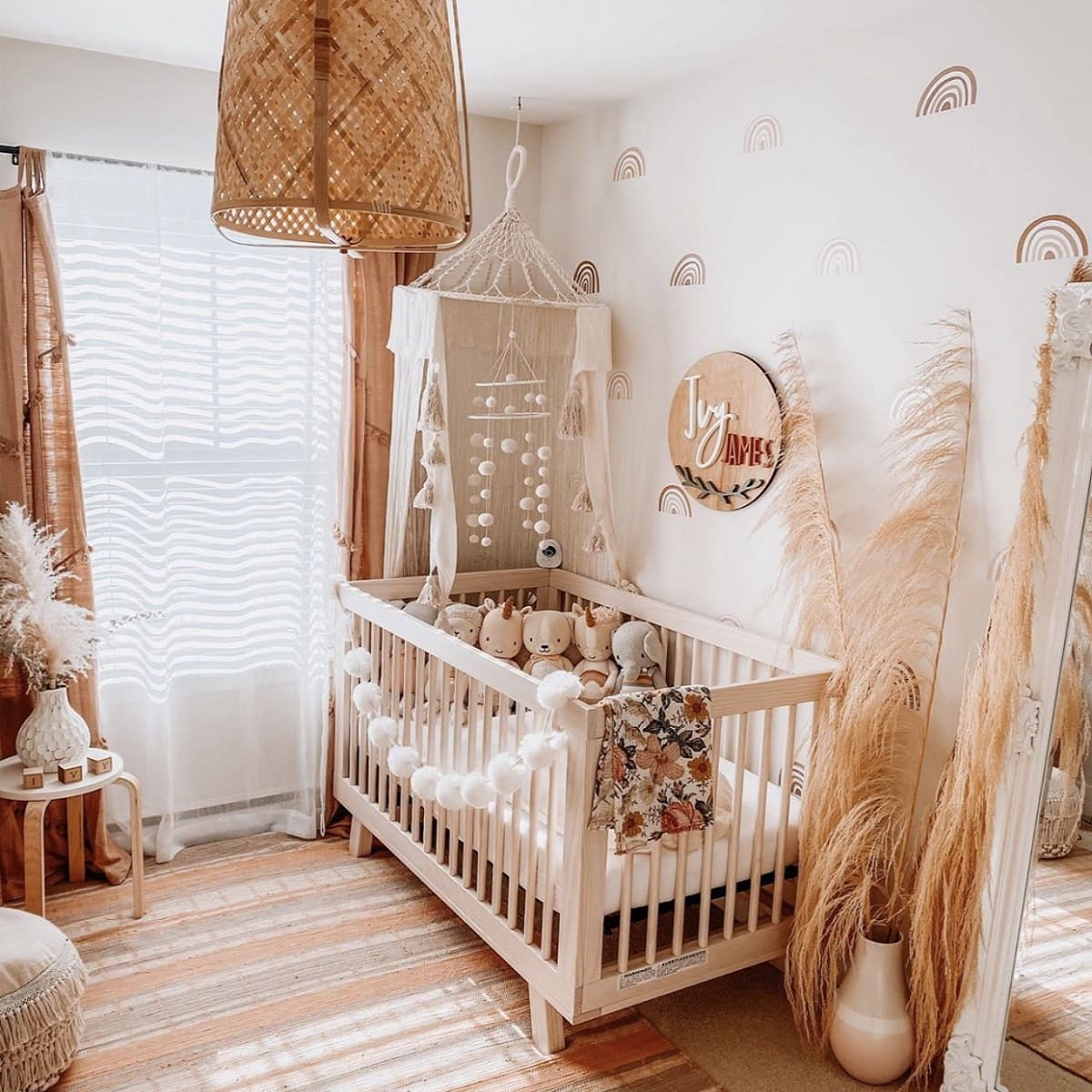



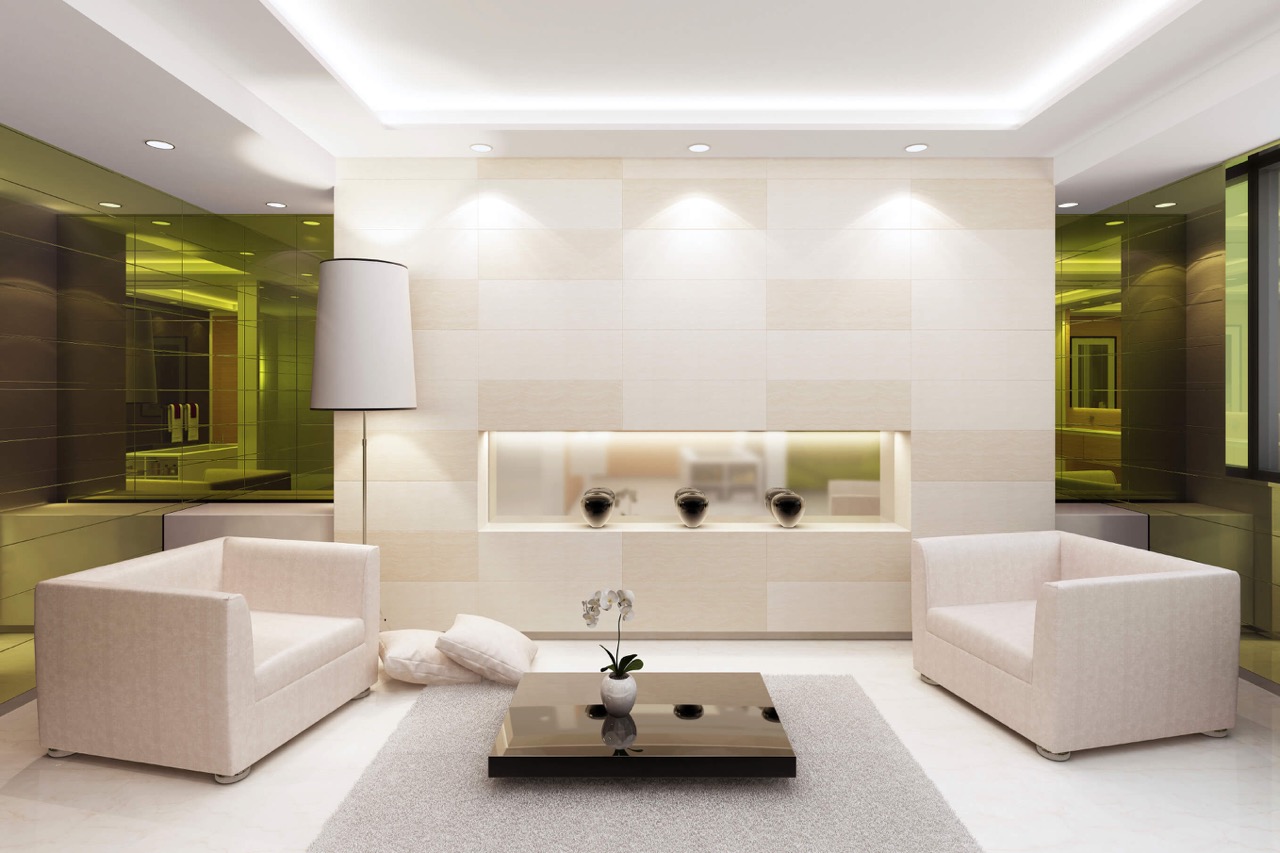


0 thoughts on “Ceiling Sensations: Look Up For Inspiration”